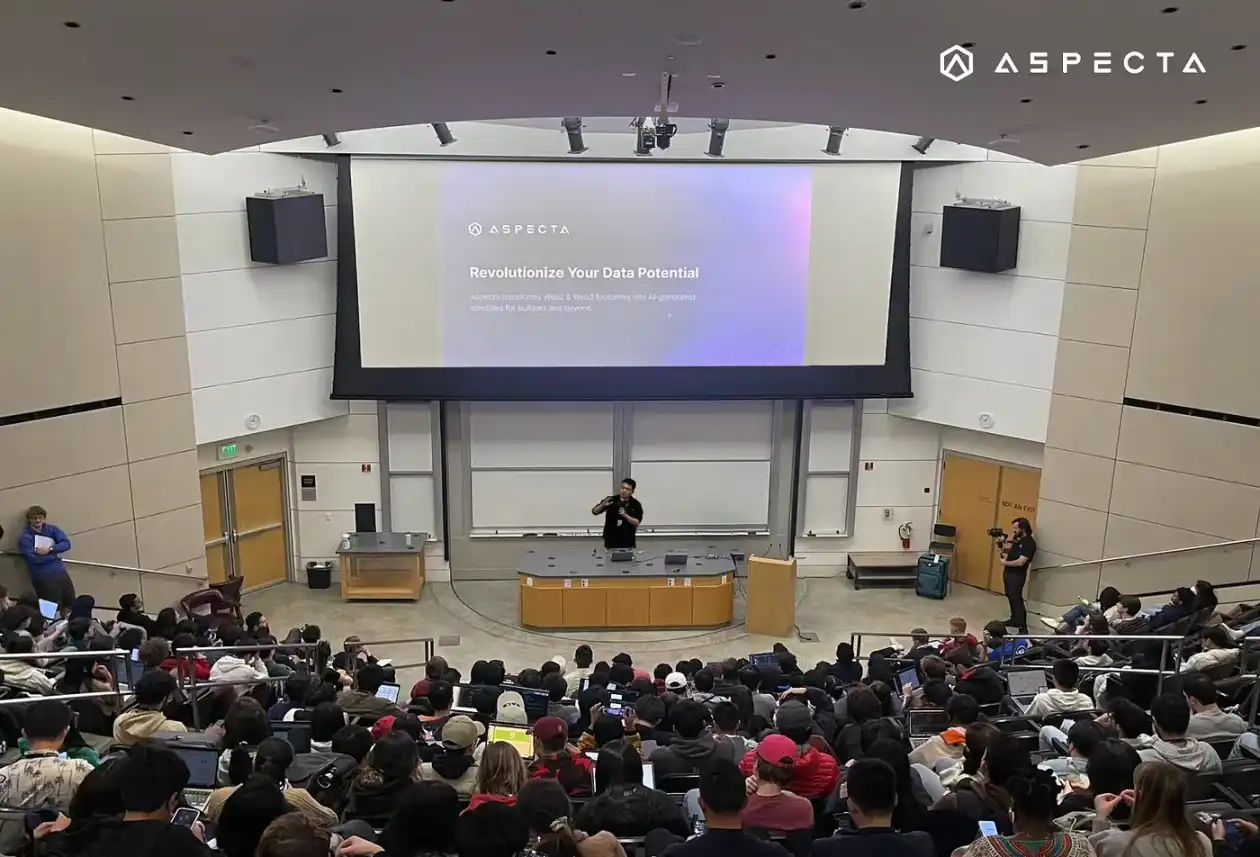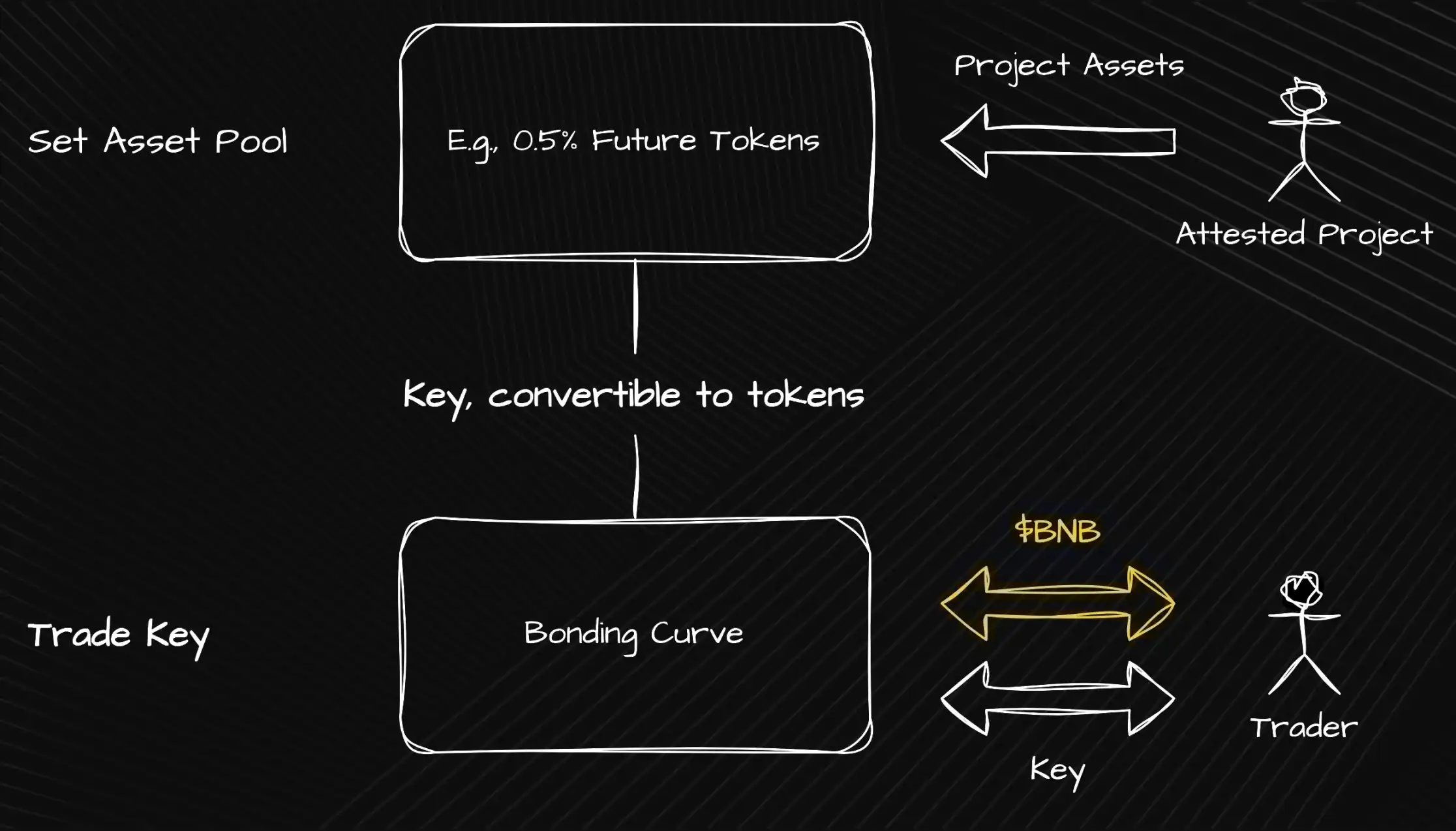Original Title: "Understand Yzi Labs' Investment in Aspecta in 3 Minutes"
Original Author: Alex Liu, Foresight News
On the evening of July 10, Yzi Labs announced a strategic investment in Aspecta. This article aims to briefly interpret Aspecta—its attempt to build on-chain standards and trust mechanisms for "illiquid assets" in traditional capital markets, including the project's design logic, product system, application progress, and industry potential.
Team Background
In terms of team background, Aspecta did not start from scratch. The project was incubated in 2022 at Yale University's Tsai CITY (Tsai Center for Innovative Thinking at Yale), and the core team members come from top universities and research institutions, including Yale, Tsinghua, Berkeley, and McGill, with multiple patents and research papers in AI and graph learning. The co-founding team includes former Tinder Chief Scientist Steve Liu (Academician of the Canadian Academy of Engineering) as Chief Scientist, Jack He as co-founder, and the team also gathers several senior engineers and growth leaders such as Jane Yang.

Co-founder Jack He speaking at TreeHacks
Why Does It Exist? What Pain Points Does It Address?
In traditional markets, a large number of assets such as early equity, locked tokens, private equity, and real-world assets (RWA) cannot be traded on public markets, lacking transparent pricing, which severely restricts liquidity and pricing efficiency. Aspecta proposes to give these "closed assets" an on-chain "life," enabling pricing and trading capabilities, thereby reducing information asymmetry and enhancing asset utilization.
To understand this logic, imagine: a project locks a portion of tokens in Series A, and after the lock-up period, it hesitates to exit immediately due to a lack of liquidity and pricing mechanisms in the market. Aspecta, through a standardized "packaging + reputation mechanism," allows these assets to be priced, traded, and tracked—unlocking new value for them.
Two Core Products: BuildKey and Aspecta ID
Aspecta's design logic is clear, with the core divided into two mutually supportive paths:
BuildKey: Asset Standardization and Lifecycle Pricing
BuildKey presents illiquid assets in a tradable ERC-20-like credential form. For example, pre-TGE equity, locked tokens, and private placement rights can all be issued and traded on-chain through BuildKey. This mechanism supports various pricing methods such as AMM, order books, and auctions, and allows assets to switch between different lifecycle stages, such as from venture capital to public trading markets in an "on-chain relay."
Notably, since its launch, BuildKey has supported over 25 types of digital assets in pricing, completing over 50 million transactions, proving a strong demand for on-chain liquidity mechanisms for closed capital. It is not just simple token minting, but a system of "lifecycle asset variants": users can freely enter and exit at multiple stages such as TGE, lock-up, and secondary markets, making asset prices more continuous.

Aspecta ID: AI-Driven Trust Identity Protocol
If BuildKey is the asset credential tool, Aspecta ID is the trust mechanism that provides endorsement for issuers. It integrates data from GitHub submissions, on-chain behavior, project contributions, etc., using AI algorithms to create credit profiles for developers, projects, and even asset issuers, and issues reputation scores.
This mechanism eliminates the "trust vacuum" in asset packaging. In the early stages of a project or when it is closed, the trust output of Aspecta ID can reduce concerns for investors and traders. Currently, over 54,000 GitHub developers have completed verification, and the system is transitioning from a trust protocol to community governance.
Product Interaction: How to Form a Closed Loop?
In Aspecta's architecture, BuildKey and Aspecta ID do not exist in isolation but work together to create a complete closed-loop ecosystem from asset generation to trust establishment to trading circulation. For example, when developers submit code on GitHub and associate it with a project, their technical contributions and on-chain activities are recognized, evaluated, and form a credit profile by the Aspecta ID system. Based on this identity verification mechanism, projects have clear trust support when issuing illiquid assets like pre-TGE equity later. These assets are then credentialed on-chain through BuildKey, publicly sold, and initial price discovery is completed while establishing trading records.
As community participation deepens, the AMM, order book, and auction mechanisms supported by BuildKey gradually enhance the price transparency and trading depth of assets. Throughout this process, users can flexibly decide whether to participate in subscriptions or exit investments based on the issuer's credit rating and market pricing, allowing assets to form a complete lifecycle trajectory, accumulating verifiable trading history and value feedback. This mechanism not only promotes pricing transparency for early assets but also creates a positive cycle between trust mechanisms and liquidity: on one hand, Aspecta ID provides underlying credit anchoring for assets; on the other hand, on-chain trading data continuously feeds back into the trust assessment system, making subsequent asset issuances more efficient and credible.
Community, Users, and Ecosystem
By mid-2025, Aspecta has attracted over 650,000 users to participate in the platform, including over 54,000 verified developers through GitHub, who play an important role in ecosystem building, further enhancing the practicality and appeal of the identity system. Meanwhile, BuildKey has supported the on-chain issuance and trading of over 25 types of illiquid assets, demonstrating the broad adaptability of this mechanism to the market. The active participation of the community has also accelerated the rapid implementation of mechanisms such as multi-chain compatibility, hybrid AMM, and order book models, expanding the overall ecosystem towards a more open and flexible direction.
From a practical perspective, Aspecta is building a triangular structure of "AI + Assets + Community," attempting to connect the entire process from identity recognition, asset packaging to on-chain governance and incentives, initially forming an infrastructure-level network effect.
Conclusion
Aspecta is trying to bridge the gap between traditional capital and Web3 with its own approach of "trusted identity + lifecycle asset packaging + on-chain liquidity mechanisms." From GitHub submissions to token credentials, from closed issuance to secondary market trading, its product system continues to self-consistently upgrade. Although still in its early stages, the over $50 million trading volume of BuildKey and the user base of over 650,000 provide a solid foundation.
免责声明:本文章仅代表作者个人观点,不代表本平台的立场和观点。本文章仅供信息分享,不构成对任何人的任何投资建议。用户与作者之间的任何争议,与本平台无关。如网页中刊载的文章或图片涉及侵权,请提供相关的权利证明和身份证明发送邮件到support@aicoin.com,本平台相关工作人员将会进行核查。




